Canadian
Silver Coins Value Guide
Find out what your silver coins are worth!
Canadian
Silver Coins Value Guide
Find out what your silver coins are worth!
Learn about
Silver Coins
Until part way through 1968, Canadian dollars, half-dollars, quarters and dimes contained at least some silver. (nickels, as the name suggests, are made from nickel and not silver… but before they were called nickels, there were tiny silver 5-cent coins called a half-dime.)
If you are interested to read more about the full history of Canadian silver coins, we have a great blog post for you.
Excluding the oldest coins and a few other rare years, most of these coins are valued based on their silver content.
Coins by Date Range
1870-1919
1920-1955
1967
1968
1968 & later
1968
1968 & later
1988 & later
Learn about
Silver Coins
Until part way through 1968, Canadian dollars, half-dollars, quarters and dimes contained at least some silver. (nickels, as the name suggests, are made from nickel and not silver… but before they were called nickels, there were tiny silver 5-cent coins called a half-dime.)
Excluding the oldest coins and a few other rare years, most of these coins are valued based on their silver content.
Coins by Date Range
1870-1919
1920-1955
1967
1968
1968 & later
1968
1968 & later
1988 & later
Sorting & Evaluating
Silver Coins
Here is how we sort and evaluate Canadian coins to determine their value. If there are only a few coins, you can always just look at the date ranges, and consult a price guide to determine rare years. These tips will help you sort through a big collection efficiently, but keep in mind that you do not have to sort any of your coins before coming into one of our locations. We are happy to do all sorting with you and can answer any questions you might have along the way.
Step 1: Magnet test – Canadian silver coins are not magnetic, so anything that jumps on the magnet can be set aside.
Step 2: Obverse sorting – look at the obverse (heads) side of the coin. Using the portraits (shown below) you can quickly sort the coins into date ranges – way easier than squinting for the dates at this stage initial sort.
Step 3: Final sorting – Based on the portraits, we do a final comb through for numismatic value and for silver purity. See below what we do for each range.
Coin Portraits

1870-1901- Victoria

1937-1952 George VI

1902-1910 Edward VII

1953-1964 Elizabeth II
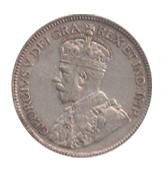
1911-1936 – George V
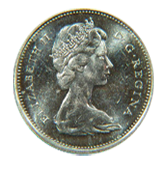
1965-1989 Elizabeth VII
Sorting & Evaluating
Silver Coins
Here is how we sort and evaluate Canadian coins to determine their value. If there are only a few coins, you can always just look at the date ranges, and consult a price guide to determine rare years. These tips will help you sort through a big collection efficiently, but keep in mind that you do not have to sort any of your coins before coming into one of our locations. We are happy to do all sorting with you and can answer any questions you might have along the way.
Step 1: Magnet test – Canadian silver coins are not magnetic, so anything that jumps on the magnet can be set aside.
Step 2: Obverse sorting – look at the obverse (heads) side of the coin. Using the portraits (shown below) you can quickly sort the coins into date ranges – way easier than squinting for the dates at this stage initial sort.
Step 3: Final sorting – Based on the portraits, we do a final comb through for numismatic value and for silver purity. See below what we do for each range.
Coin Portraits

1870-1901- Victoria

1937-1952 George VI
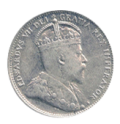
1902-1910 Edward VII
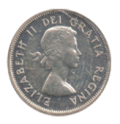
1953-1964 Elizabeth II
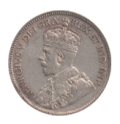
1911-1936 – George V

1965-1989 Elizabeth VII
Victoria, Edward VII, George V: Fewer than 5% of the coins we see are within the range of dates that include one of these portraits. It is worth reviewing each individual year with a price guide like the one below to determine which coins are worth more than melt. Coins with these portraits are split between 92.5% silver (pre 1919) and 80% silver (post 1920), so any coins that might be melted with be sorted by purity for accurate and fair payout.
George VI: ~5% of the coins we see. All of these coins are 80% silver, and most years sell for melt value. Keep watch for the 1948 dollar in particular. This rare coin is usually worth over $600 and one in specimen condition is worth thousands.
Young Elizabeth: ~50% of the coins we see. All of these coins are 80% silver and are very rarely worth more than silver value.
Slightly less young Elizabeth: ~40% of the coins we see. Some of these coins are 80% pure, some 50% – magnetic, non-silver coins will have already been removed. Since there are different purities with this same portrait, you will need to sort based on the dates. 1965 and 1966 as well as 1967 dollars and half dollars contain 80% silver. 1967 quarters and dimes are evaluated as an average of 65% silver. Non-magnetic 1968 quarters and dimes contain 50% silver (any magnetic 1968 coins have no silver).
Victoria, Edward VII, George V: Fewer than 5% of the coins we see are within the range of dates that include one of these portraits. It is worth reviewing each individual year with a price guide like the one below to determine which coins are worth more than melt. Coins with these portraits are split between 92.5% silver (pre 1919) and 80% silver (post 1920), so any coins that might be melted with be sorted by purity for accurate and fair payout.
George VI: ~5% of the coins we see. All of these coins are 80% silver, and most years sell for melt value. Keep watch for the 1948 dollar in particular. This rare coin is usually worth over $600 and one in specimen condition is worth thousands.
Young Elizabeth: ~50% of the coins we see. All of these coins are 80% silver and are very rarely worth more than silver value.
Slightly less young Elizabeth: ~40% of the coins we see. Some of these coins are 80% pure, some 50% – magnetic, non-silver coins will have already been removed. Since there are different purities with this same portrait, you will need to sort based on the dates. 1965 and 1966 as well as 1967 dollars and half dollars contain 80% silver. 1967 quarters and dimes are evaluated as an average of 65% silver. Non-magnetic 1968 quarters and dimes contain 50% silver (any magnetic 1968 coins have no silver).
“What to do with the (many) gold earrings where I only have one of a pair or broken pieces? With Christmas coming up, I thought I’d see if I could sell them for extra cash. After talking to friends of friends, Vancouver Gold seemed to be one of the more reputable places to take my small collection of odds and ends. The offices are clean, the staff are friendly, efficient and knowledgeable. They test and weigh the gold then calculate the cost. There is no obligation to accept their offer.”
-Yelp Review
“What to do with the (many) gold earrings where I only have one of a pair or broken pieces? With Christmas coming up, I thought I’d see if I could sell them for extra cash. After talking to friends of friends, Vancouver Gold seemed to be one of the more reputable places to take my small collection of odds and ends. The offices are clean, the staff are friendly, efficient and knowledgeable. They test and weigh the gold then calculate the cost. There is no obligation to accept their offer.”
-Yelp Review
All about
Coin value
A coin’s value as a collector’s item depends on many factors. These include its condition, historical significance, rarity, quality, design and general popularity with collectors. Generally speaking, most circulated Canadian and American silver coins are worth their material silver value, but there are certain exceptions usually based on rarity.
Coin Grading Scale

AG 3
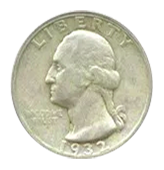
VF 35

G 6

XF 45
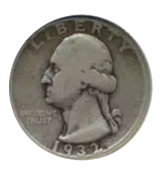
VG 10
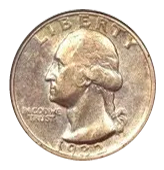
AU 55
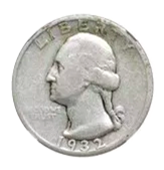
F 12
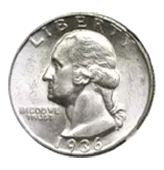
MS 63
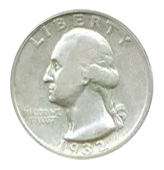
VF 20
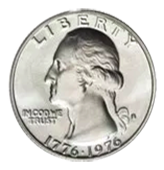
MS 69
Have silver coins?
Get cash for your coins!
With today’s silver coin prices, your silver coins could be worth more than you think! Canada Gold offers the highest cash payouts based on the amount of silver in your coins. If you want to sell silver coins in Canada, give Canada Gold a call today!
Types of coins containing silver include:
Most Canadian quarters, dimes and half-dollars before 1968
Silver dollars
Silver Maple Leafs
RCMP centennial coins
Royal Canadian Mint commemorative coins
US quarters and dimes struck before 1964
US half-dollars struck before 1970
Montreal, Calgary or Vancouver Olympics commemorative coins
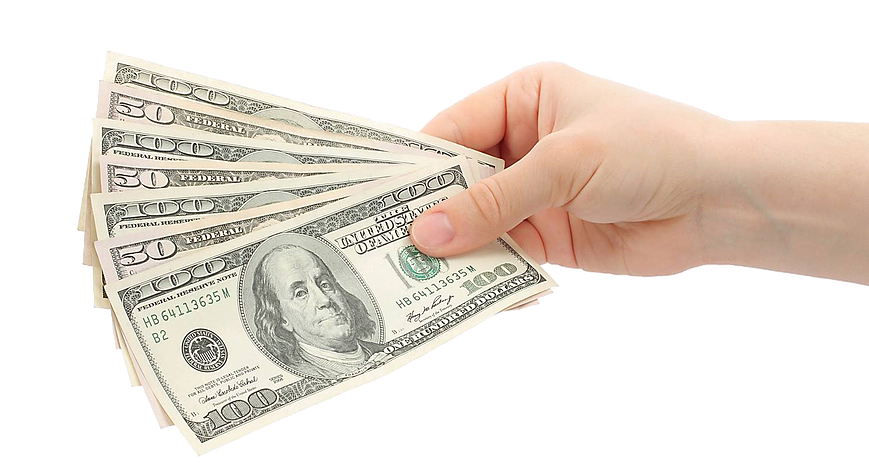
All about
Coin value
A coin’s value as a collector’s item depends on many factors. These include its condition, historical significance, rarity, quality, design and general popularity with collectors. Generally speaking, most circulated Canadian and American silver coins are worth their material silver value, but there are certain exceptions usually based on rarity.
Coin Grading Scale

AG 3

VF 35

G 6

XF 45

VG 10

AU 55

F 12

MS 63

VF 20

MS 69
Have silver coins?
Get cash for your coins!
With today’s silver coin prices, your silver coins could be worth more than you think! Canada Gold offers the highest cash payouts based on the amount of silver in your coins.
Types of coins containing silver include:
Most Canadian quarters, dimes and half-dollars before 1968
Silver dollars
Silver Maple Leafs
RCMP centennial coins
Royal Canadian Mint commemorative coins
US quarters and dimes struck before 1964
US half-dollars struck before 1970
Montreal, Calgary or Vancouver Olympics commemorative coins

All about
Coin value
A coin’s value as a collector’s item depends on many factors. These include its condition, historical significance, rarity, quality, design and general popularity with collectors. Generally speaking, most circulated Canadian and American silver coins are worth their material silver value, but there are certain exceptions usually based on rarity.
Coin Grading Scale
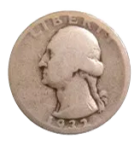
AG 3

G 6

VG 10
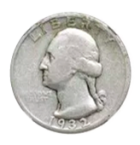
F 12
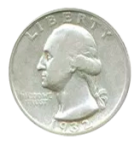
VF 20
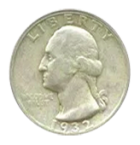
VF 35
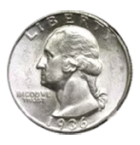
MS 63
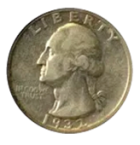
XF 45

AU 55
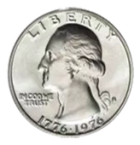
MS 69
Have silver coins?
Get cash for your coins!
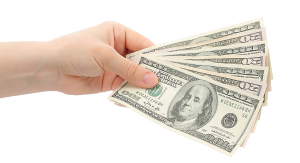
With today’s silver coin prices, your silver coins could be worth more than you think! Canada Gold offers the highest cash payouts based on the amount of silver in your coins.
Types of coins containing silver include:
• Most Canadian quarters, dimes and half-dollars before 1968
• Silver dollars
• Silver Maple Leafs
• RCMP centennial coins
• Royal Canadian Mint commemorative coins
• US quarters and dimes struck before 1964
• US half-dollars struck before 1970
• Montreal, Calgary or Vancouver Olympics commemorative coins
Ready to talk silver?
Choose from 12 locations across Canada with access to parking and transit.
